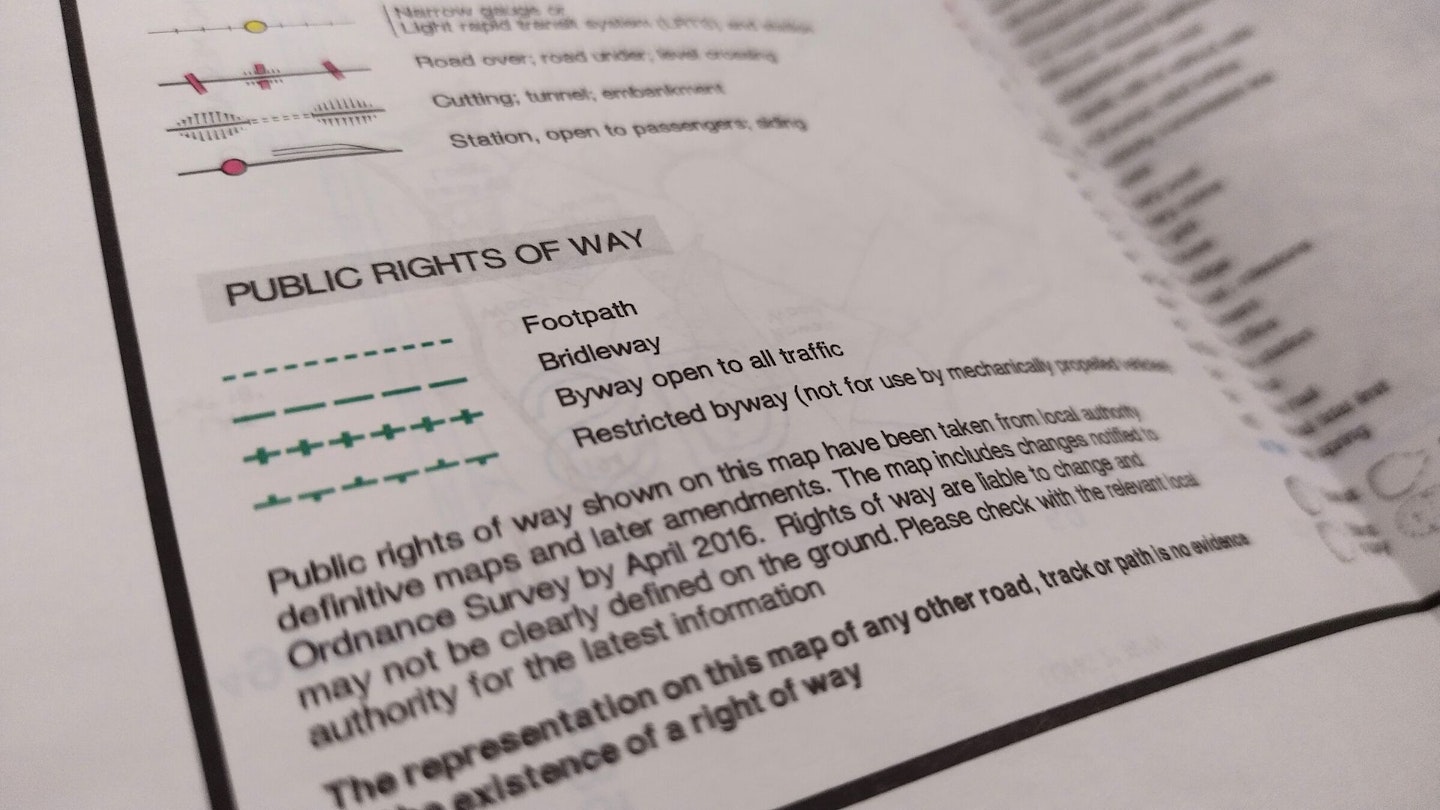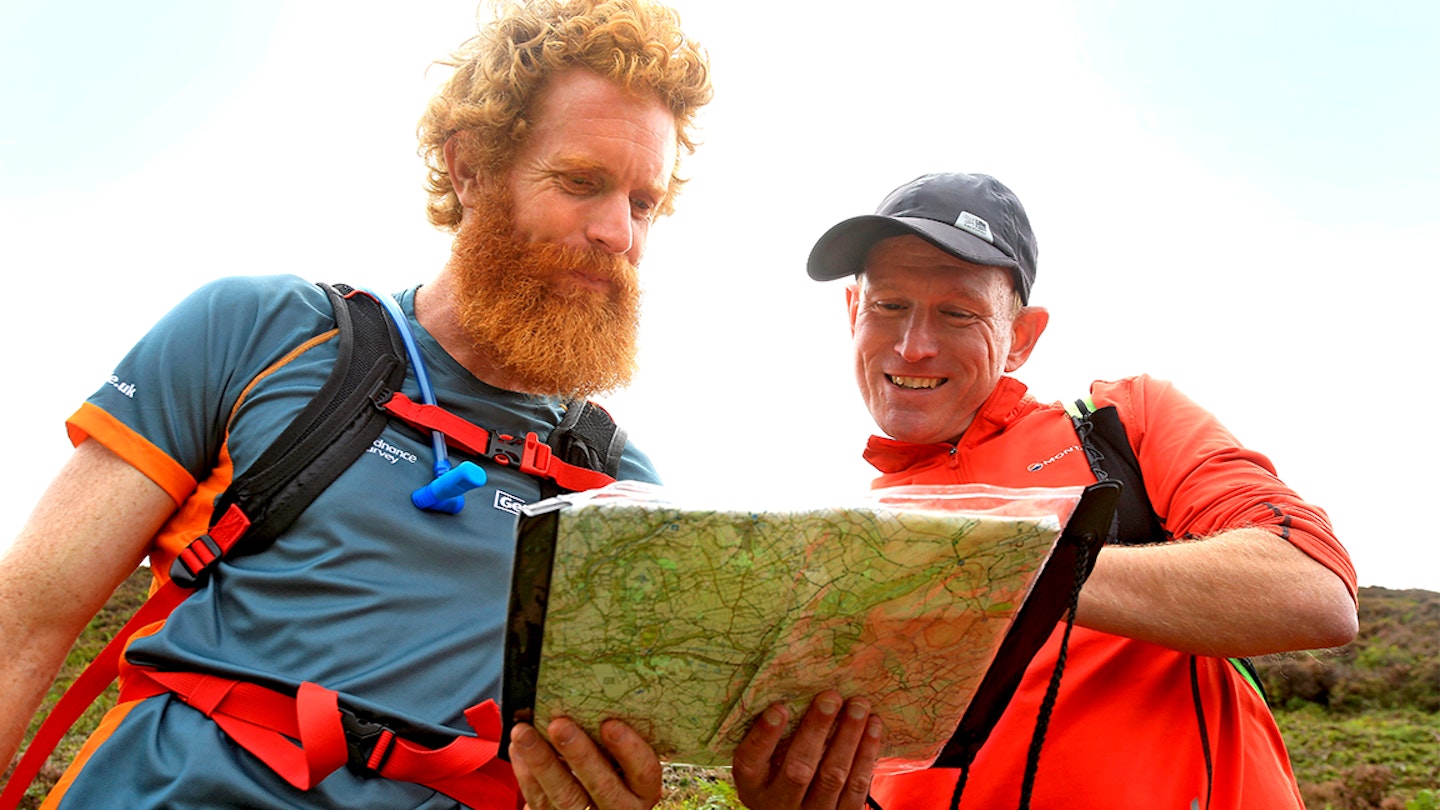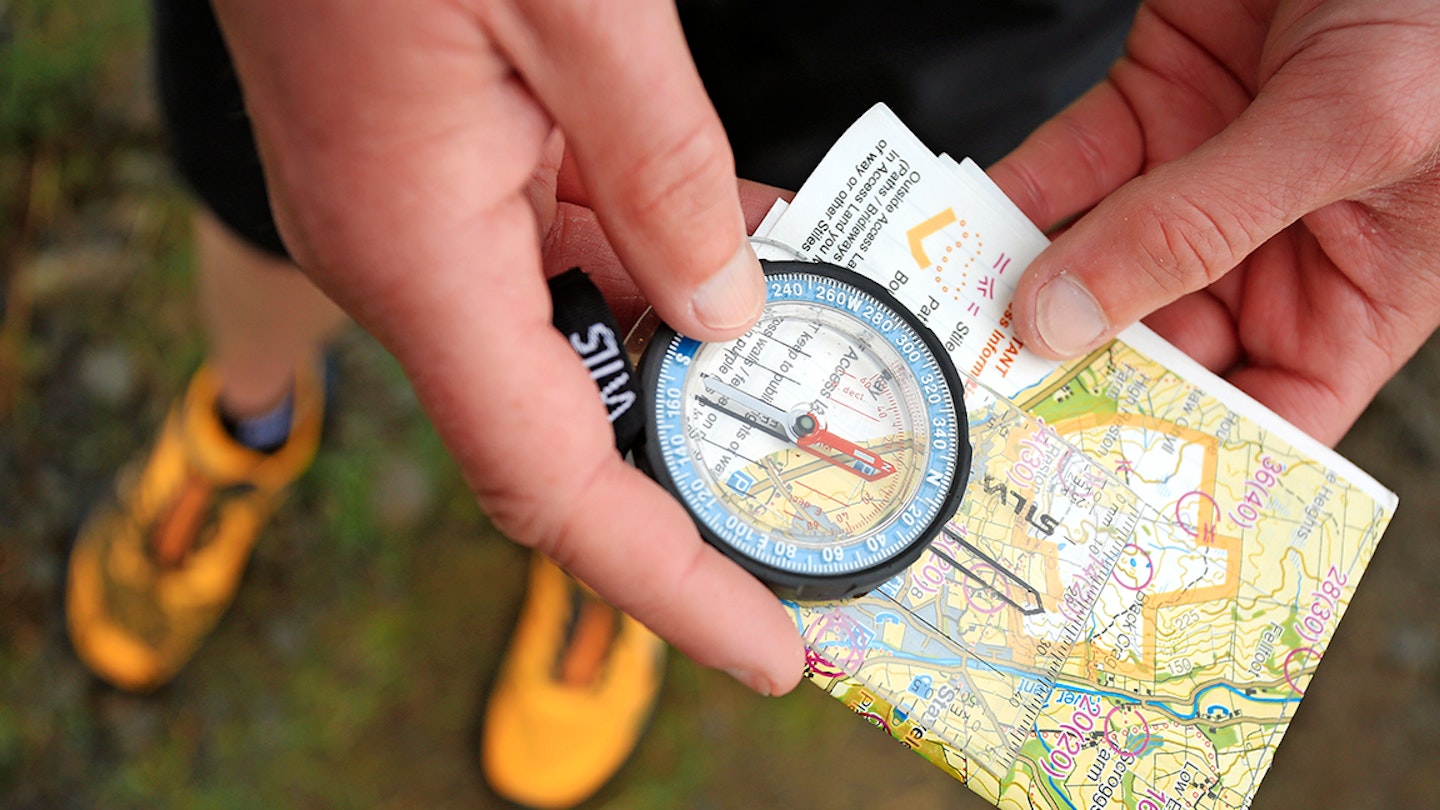Off-road running is more accessible than you might think. You don’t have to be based in the Lake District or Snowdonia, even if you wish you were. Finding your own local trail running routes gives a huge variety to your training. Plus, it’s so much better for your body than repetitive pavement plodding, which is why we'll always advocate you make the switch to trail running.
Finding trails is easy. Simply look for footpath signs. Every county is obliged to signpost their footpaths, bridleways and other byways. Some local authorities do this better than others, but there are a huge number of urban and semi-urban trails and cycleways you can follow.
Next, get a map. Every trail runner should buy an Ordnance Survey 1:25,000 (OS 1:25k) scale map of their home area. Don’t be scared of it. At first it might appear to be a mass of squiggly lines, but all you need do is follow the green dots, dashes and other byways labelled in the legend as ‘rights of way’. You’ll quickly unlock a world of local trails that you didn’t know existed. Here is our guide containing top tips to finding new trails.
How to find trail running routes near you
1. Get a map
Get an OS 1:25k scale map of your local area. This shows every road, lane, track, river, stream or field. It's important to have one because they’re much more detailed than Google maps. Understanding scale is important too. Each grid square on a 1:25k scale maps is 1km wide and long.
2. Know what you’re looking for

To find trails, look for the green dots and dashes of the footpaths and bridleways on your OS map. You can also look for ‘white lanes’ and disused railway lines that are often cycle paths and Sustrans routes.
3. Explore more
When you are out running, actively look for the footpath signs. Aren't you curious what's out there? Take your map with you, or a section of it, and explore. You can always turn back if you need to.
4. Join forces
Join a club – a real club, or maybe online. A club is a great place to share trail routes. The older serving club members will know their local area very well, so ask for advice. It can be more fun running new trails as part of a group too. It certainly works well as a motivator. As a bonus, you'll find like-minded trail lovers to explore even more routes with.
5. Use an app
Hiking apps like AllTrails, Komoot and Strava, are exceptionally useful when searching for new trails both locally and further afield. That being said, don’t get too sucked into just following the online crowds. With your trusty map of your local area, you can start your own exploration. There is an OS app you can use too.
Using mapping and trail apps are very helpful but coverage can become a little sketchy in the woods and fields. However, these apps allow you to download offline maps to address that issue. Remember that if you plan on using an app and you're going to get gloves for running, make sure you opt for touchscreen compatible ones.
6. Work on your navigation skills

To better your ability to find and explore new trails, improving your navigational skills is key. Go on a ‘navigation for runners’ course, if you wish. A good one with quality tuition will unlock more routes in your local area and beyond. Look for a course with an emphasis on good teaching of navigation rather than, say, just general running navigation skills.
You might have friends that have some expertise or knowledge in this area. Pick their brains and get them to show you how to navigate with practical lessons. Or you could even link up with an orienteering run club that mixes off-road exploring with navigation on the go.
